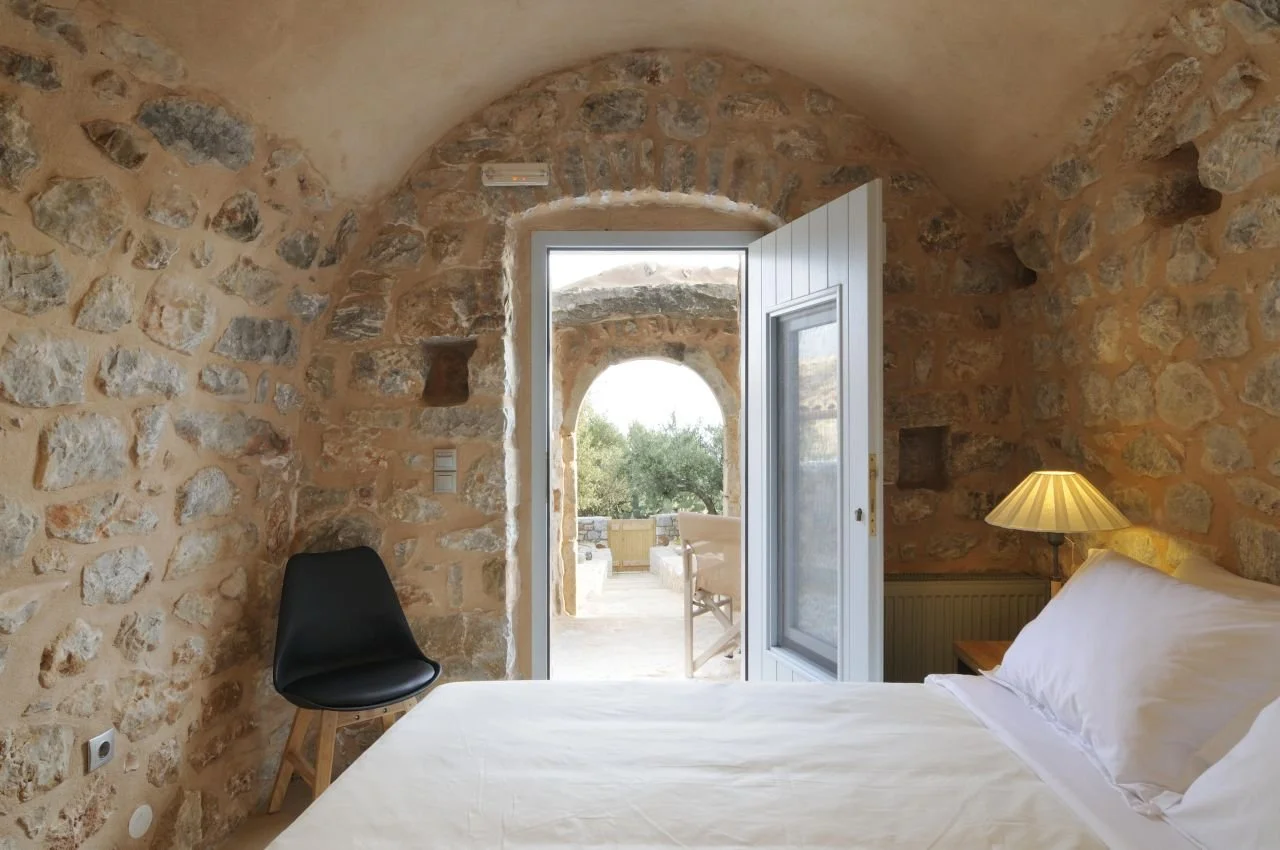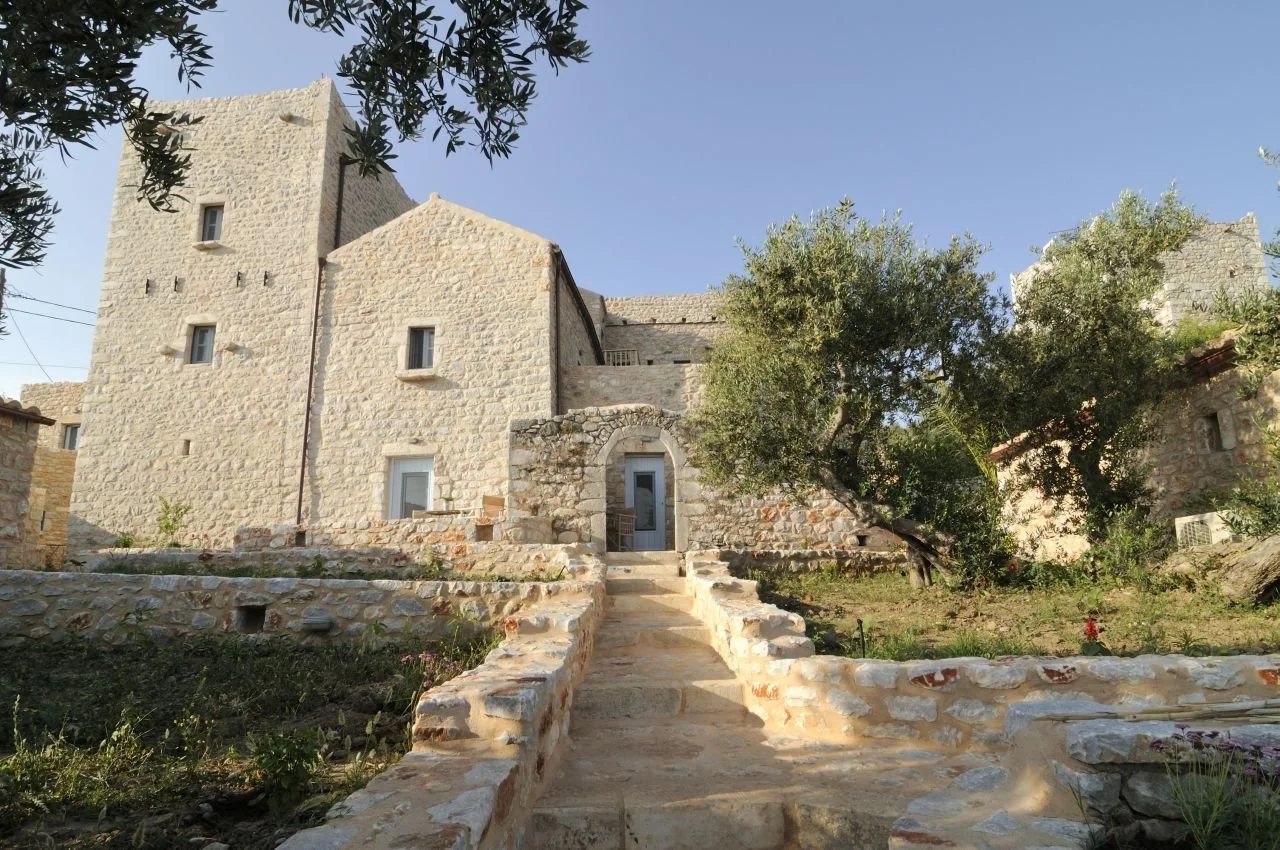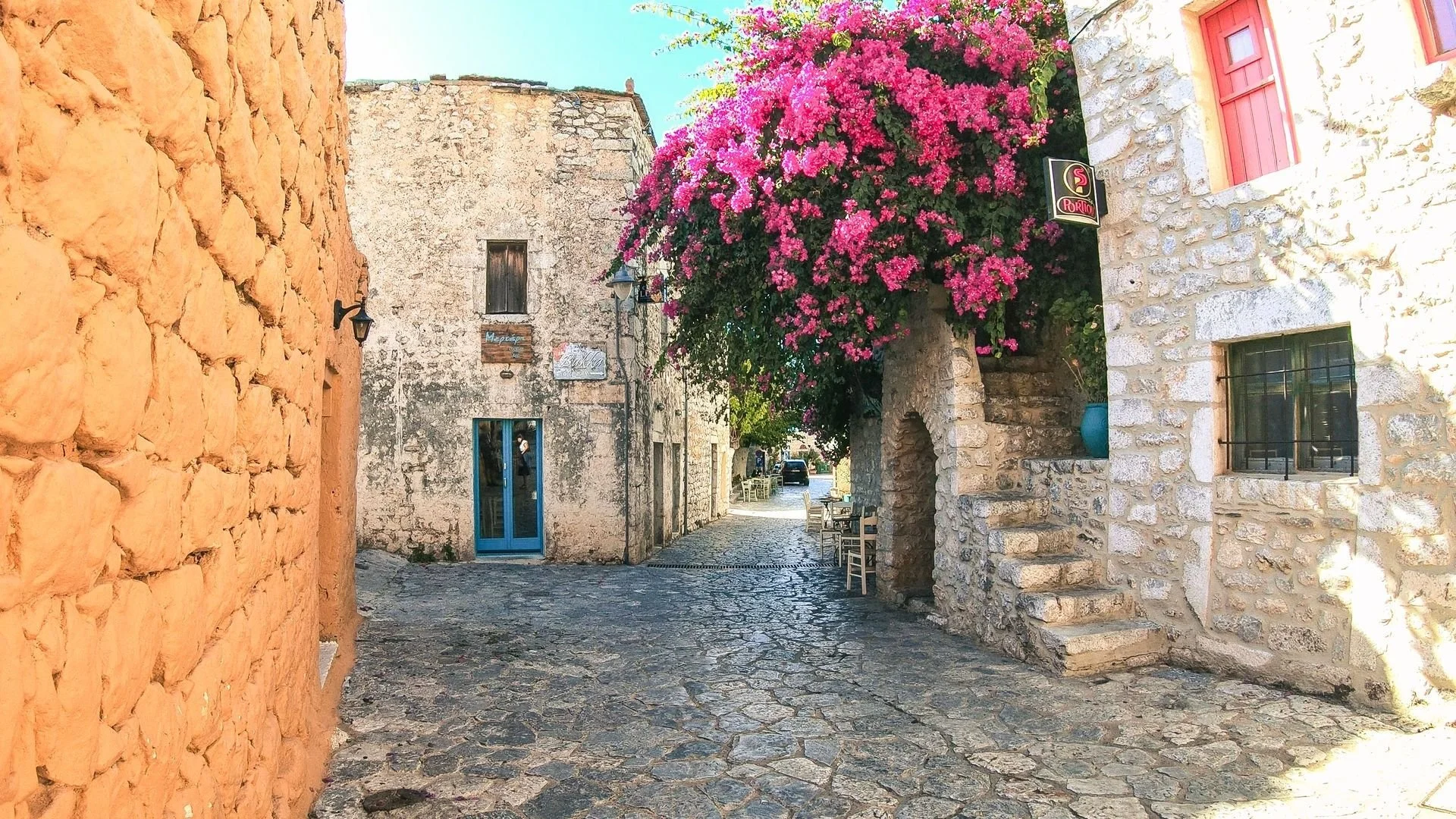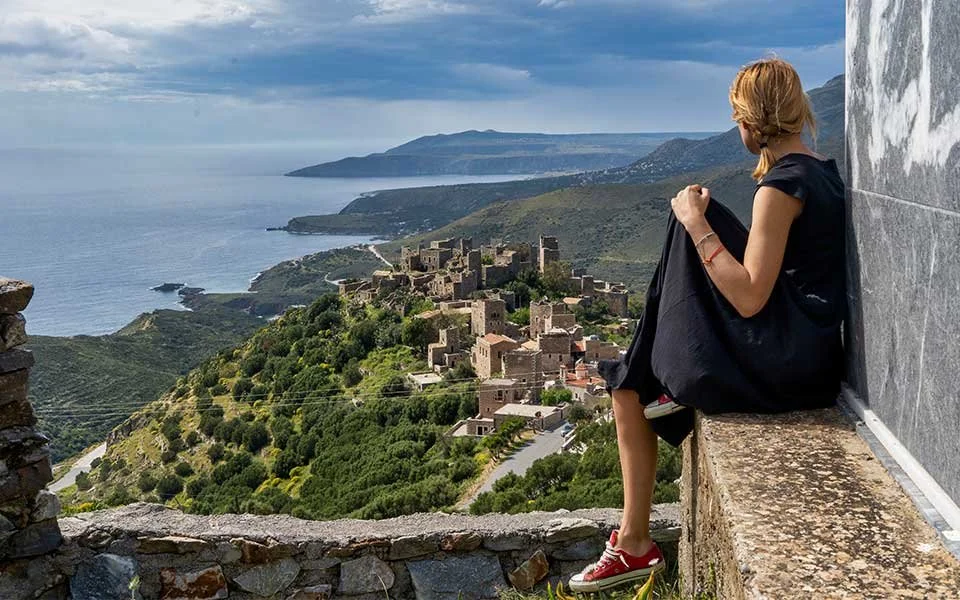The Wild South of Greece: A Slow Spring Guide to the Mani Peninsula
If you're the type of traveler who lights up at the idea of being off-grid but not out of depth, the Mani Peninsula might just be your new favorite place. It’s the Greece nobody talks about—at least not yet.
Down in the southernmost part of the Peloponnese, Mani feels like a pocket of quiet rebellion against mass tourism. No glossy resorts. No party beaches. Just raw cliffs, sleepy tower villages, old stone paths that lead to nowhere and everywhere, and the kind of silence that makes you check if your phone is still working.
Spring here? Game changer. You get the scent of wild herbs on the wind, almond blossoms blooming between olive trees, and coves so still they reflect back the sky.
Why Mani in Spring?
Because this is when it whispers instead of shouts. You’ll find yourself alone on a pebble beach, drinking Greek coffee in a square where you’re the only foreigner, or hiking between abandoned villages where time sort of forgot to move on.
There’s none of the chaos that hits Greece in July. In fact, it feels like a completely different country.
Also, prices are softer, flowers are blooming, and the locals have time to talk.
If you want Greece, but quieter — this is it.
Where to Stay: Sleep in a Tower, Not a Hotel
Traditional Mani architecture means one thing: stone towers. Once built to fend off invasions, many are now converted into boutique stays. They’re minimal but magical.
Tainaron Blue Retreat (Vatheia): Perched above the sea with views that feel cinematic. The suites are small, but the experience is huge.
Kardamyli Tower House Airbnb: In the middle of the old town, tucked behind a wild garden. Expect stone walls, wooden shutters, and a terrace for your morning coffee.
Antares Hotel Mani (Areopoli): A slow-luxury stay in a restored tower, with a courtyard full of jasmine and breakfast served under fig trees.
Antares Hotel Mani Areopoli
Antares Hotel Mani Areopoli
Village-Hopping, But Make It Soulful
This isn’t your typical road trip. Think winding coastal roads where goats have right of way and you stop just because the light hits a stone wall in a nice way.
Kardamyli
Kardamyli tavern
Kardamyli: Probably the liveliest of Mani’s towns—but still sleepy by Greek standards. It’s a good base if you want to be near cafés, tavernas, and the sea. Stop at Aquarella for a coffee with a view, and pick up olive oil from a local producer like Liophos.
Vatheia: Like a ghost town made of towers. Nobody really lives here full-time anymore, but a few homes have been lovingly restored. Come here for the silence. Stay for the view. It’s a dream for photographers.
Areopoli: Cobblestone alleyways, slow food, and the perfect place to wander after sunset. Dinner at Barba Petros is a rite of passage—just order what they recommend that day.
Barba Petros
Pretty alleys in Areopoli
Limeni: Turquoise water, fishing boats, stone houses rising straight from the sea. Great for a lazy swim and a seafood lunch at Ouzeri To Thalassino.
Spring Activities (That Don’t Feel Like Activities)
1. Walk the Old Paths There are centuries-old kalderimi (stone paths) connecting the villages. They’re unmarked, sometimes crumbling, but wildly beautiful. Hike from Kardamyli to Agia Sofia for sea views and flower-strewn hills.
2. Swim in Silence You’ll find hidden coves all along the coast—like Foneas Beach or the tiny inlets near Limeni. Spring water is fresh, not freezing, and chances are you’ll have it all to yourself.
Swimming here in the tiny inlets near Limeni.…. Yes please!
3. Sit. Read. Write. Think. Seriously. This place invites stillness. Pack a journal. Take it to a café. Or the beach. Or the shade of an olive tree. You don’t have to do anything to justify being here.
4. Talk to Strangers People here won’t rush you. Ask questions. Get local tips. Order that weird herb you’ve never heard of. (It’s probably delicious.)
What to Eat in Mani (Spoiler: Everything Is Cooked With Olive Oil and Love)
Spring menus shift with what’s growing, and you’ll find wild greens, goat cheese, and handmade pies everywhere. Don’t miss:
Lalagia: Fried dough twists. Sounds simple. Addictive.
Maniatiki Pasta: Local take on orzo with rich tomato sauce.
Tsaitia: Like savory pancakes with herbs and feta.
Fresh-caught octopus: Grilled or slow-cooked, usually with a lemon/oregano situation that just works.
Go to Kastro Taverna in Gerolimenas or O Platanos in Exo Nymfi and just let them feed you. It’s the kind of eating where time stops.
Good to Know (Because No One Tells You This Stuff)
Rent a car. The Mani isn’t walkable between towns. You’ll want the freedom to stop on a whim.
Bring cash. Not every tiny village takes cards, especially the best tavernas.
Pack layers. Spring is sunny but breezy. Mornings can be crisp. A linen shirt + cardigan situation works well.
Wi-Fi is patchy. That’s kind of the point.
It’s not a beach holiday. Even though there are beaches, this is more about wandering and pausing than laying out all day.
Q&A: Planning Your Mani Spring Escape
How do I get to the Mani Peninsula?
Fly into Kalamata Airport or Athens. From Athens, it’s about a 3.5-hour drive. Buses exist but are slow and limited.
Is Mani safe for solo travelers?
Totally. Especially in spring. People are kind, crime is low, and it’s a great place to travel alone without feeling alone.
How many days do I need?
4-6 is ideal. That gives you time to see both the west coast and the deeper south without rushing.
Is English spoken?
In main towns, yes. In tiny villages, it’s a mix of hand gestures and warm smiles. You’ll be fine.
What makes Mani different from the rest of Greece?
It doesn’t try to impress you. It just is. Which, in a world of curated escapes, is kind of everything.












